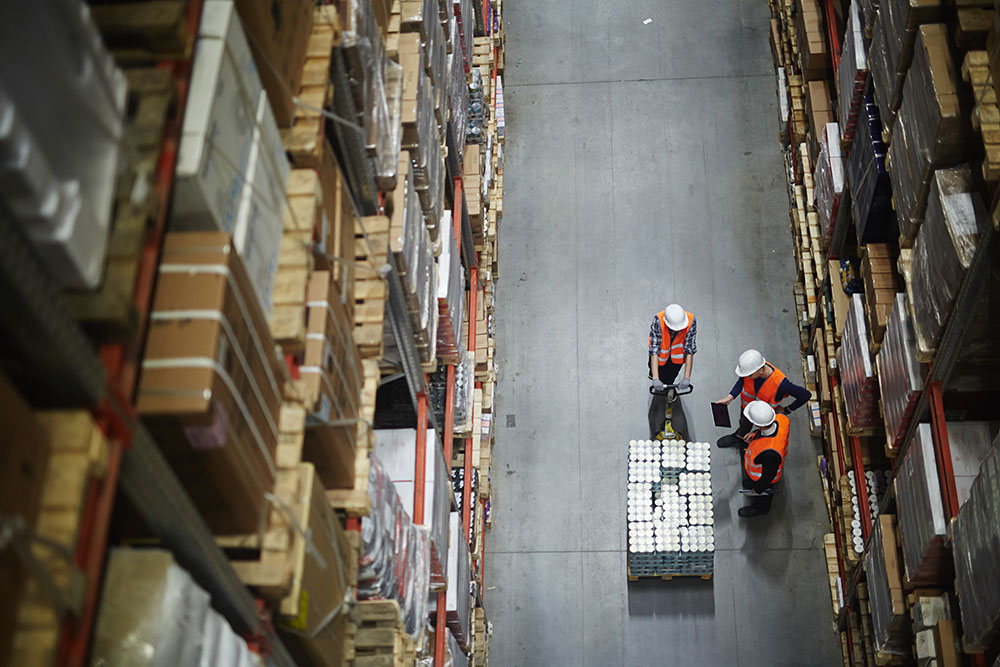
Forecasters agree that importers and exporters can expect to see an increase in shipping costs in 2018. Fuel costs are on the rise, hurricanes and other natural disasters have upset supply chains, and an improving economy means a higher volume of business and more demand on shipping companies. While a perfect storm for higher shipping costs might be brewing, there are ways you can fight back against rising logistics costs to save your business money.
1. Reduce touchpoints
As a general rule, the more times your shipments change hands or go through processing, the more expensive they become. Even if you’re looking at two similarly priced routes, the one with more touchpoints will likely cost your business more in the long run; more stops mean longer shipping times and more handling means greater opportunity for errors. You can reduce processing and handling by decreasing the number of warehouses you use, looking for simplified routes and locating suppliers that are closer to your shipping destinations.
2. Maximize shipping and inventory space
One of the biggest money wasters in logistics is partially filled trucks or warehouses. Maximize your shipping and warehouse space to cut costs. Order larger shipments at once to fill trucks and hold inventory on hand to reduce the need for expedited shipments due to a shortage of stock. Make sure your shelving and storage strategy within your warehouse is truly maximizing the space.
Of course, maximizing your inventory space and increasing order volume to reduce shipping costs means you absolutely have to keep accurate inventory and sales statistics to reduce the risk of overstocking items or misplacing inventory.
3. Collaborate on logistics
It might sound radical, but collaborating with other businesses on logistics can help you to lower your logistics costs. You can work with businesses in your area, or your suppliers, to see if you can share the burden of logistics. When you share logistics with other companies, you can fill shipping units faster and purchase things like fuel in higher volumes to take advantage of bulk costs.
4. Keep your supply chain flexible
Too often, businesses stick with their supply-chain strategy because it’s the way they have done things for years, or even decades. Sticking with the status quo will cost you any competitive edge over your competition. Periodically evaluate your supply chain to determine if it’s meeting your needs and is the most efficient way to move your goods and supplies from place to place.
The smartest companies maintain flexible supply chains, with multiple shipping options, so they can adjust their chain quickly in reaction to pricing changes or supply chain interruptions.
5. Consider reverse logistics
Customers have grown to expect quick and convenient returns, which means companies now need to have a reverse-logistics strategy if they’re shipping direct to their customers. Reverse logistics can get costly and complicated. Know how you will deal with a return request so that the process is seamless for customers, and have a strategy in place for return shipping, receiving and processing returned goods.
6. Take advantage of the latest technology
At this point, all businesses that deal with supply chains should have a management system in place that helps them to track and monitor supply chain shipments and costs. If you’re not taking advantage of supply chain management software, it’s something you should be considering. You should also be aware of what’s on the horizon.
From blockchain technology to complex logistics analytics software, there are new applications being developed specifically to help companies simplify supply chains and reduce logistics costs.
If you’re not implementing technology that could help you do business better, you’re missing out on potential cost savings.
In trade, upticks in logistics costs are inevitable, and businesses have to know how to deal with them. The coming year is forecasted to bring significant supply chain cost increases. Have a plan for how your business will fight back to mitigate your supply chain costs and continue to profit.





disqus comments